Weathering effects - the basics

Tanks and combat vehicles are constantly exposed to sunlight, water, fire, smoke, mud and wind. In service they are unlikely to avoid mechanical damage, scratches, bullet marks, and ageing. If you want to achieve a true-to-life look on your models there are plenty of weathering techniques that can be used separately or in combination in order to simulate dust, dirt, paint wear, rust effects, etc. We’d like to share some of them here in our first blog post on weathering effects for 1/35 scale models.
Filters
Once you’ve assembled and painted your model you might want to make the end colours less contrasting, especially if you’ve created a camouflage pattern. For this purpose you can use a filter, or a thin layer of diluted paint. Using a filter will also help you achieve realistic deep colours on your model.
The ratio of 95% thinner to 5% colour will make the solution almost transparent. Filters are usually applied with a large brush. Try to cover the whole surface very quickly to get a uniform layer.
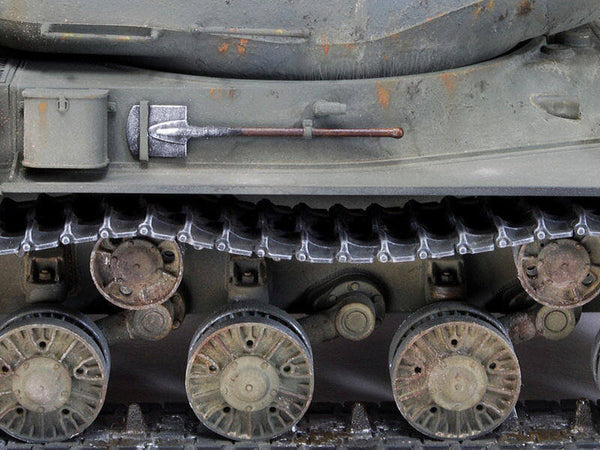
Filters are ideal for matt and satin surfaces and they dry fairly fast. However, matt surfaces need only one or two layers whereas satin ones might require up to 12 coverings to reach the desired effect. Glossy surfaces dry slowly and should be carefully monitored while drying because on this kind of surface filters tend to be spread unevenly.
Scratches
Scratches on armour are unavoidable. In order to create them on your model, all you need is to have coloured pencils at hand. Choose the colours that go with your general colour scheme and using the tip of a pencil draw the scratches on your model. To make the model look realistic, don't overdo the scratches. If necessary, it will be easy to add more later, but you don't want to have to remove the extra ones.
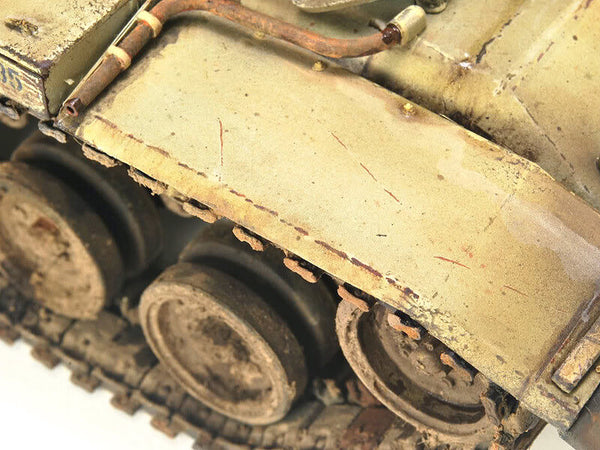
Another useful tool for making scratches is a tooth pick. Apply Vallejo Heavy Chipping solution on your base coat in several layers, let it dry and apply a top coat on your model. After that, dampen the required area with a brush, and a few minutes later scratch it where necessary with a tooth pick. Realistic looking scratches are ready.
Chipped Paint
Chipped paint is another characteristic of a worn vehicle. The two most popular techniques to achieve the effect of paint chips are brush and sponge methods. Using a brush is delicate work that requires skill and patience. Choose a paint that you want to show through your chips, take a good brush and start applying the paint with a tapping motion. The tapping motion will give your chips a more realistic look.

Using a sponge is perfect for areas of high wear, like cupolas. Dip your sponge into the paint, then press it on a paper towel to remove excess paint and make sure you have very little paint remaining on the sponge, because you don't want to ruin the model. Press the sponge where you want to simulate chipped paint.
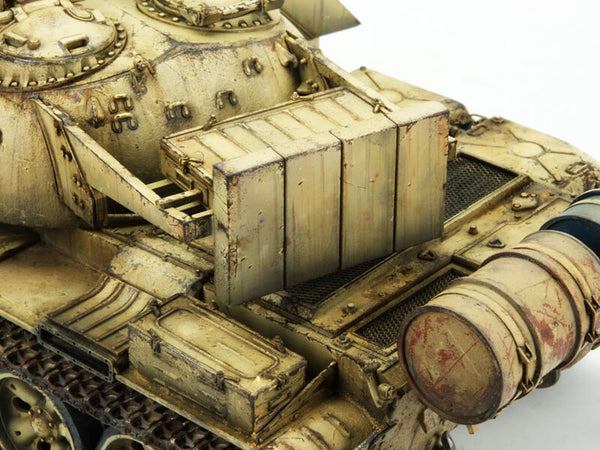
With both brush and sponge methods, try to keep your chips random and remember to examine what you have done every now and then. It will be very difficult to remove the chips, so do not overdo.
Mud
The easiest way to replicate mud is mixing up a purchased product specifically designed for this purpose with a small amount of plaster to give depth and volume. The mixture should be rich enough, but you should be able to easily spread it all over the required area with a brush. Another good idea is to use AK interactive Heavy Mud Set which includes all necessary components to achieve the most realistic result.
Dust
Dusting comes last, just like in real life. The lower parts of vehicles and the underside of aircraft require a very thin, transparent layer of dust, but overall it's your own choice how much dust to apply on your model. To make the dust effect realistic, try using dry pigments or ground pastels and AK Interactive Pigment Fixer. Add dry pigment to the areas which are more likely to get covered with dust, for example, in the nooks or around small details. Dip the brush into the fixer and dab the pigment with a brush tip. At first it may seem that the pigment is getting dissolved, but once the fixer is dry you will see the final effect.
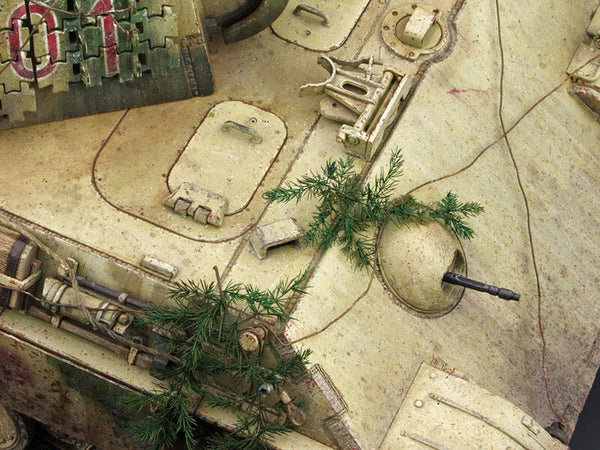
When you create weathering effects, apply your inventiveness and use various tools and materials that turned out to be at hand, or check out our online shop for plenty of products which will make the process fun and interesting.
Leave a comment
Comments will be approved before showing up.

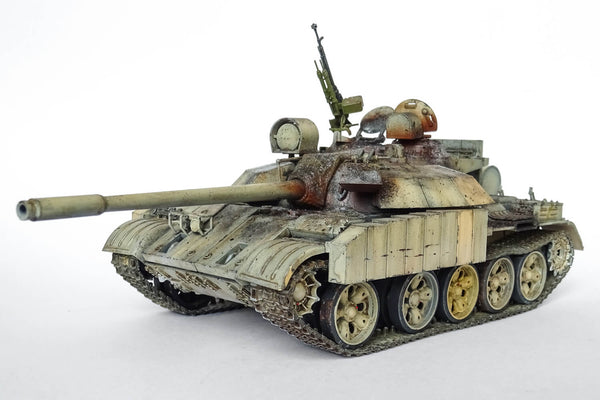
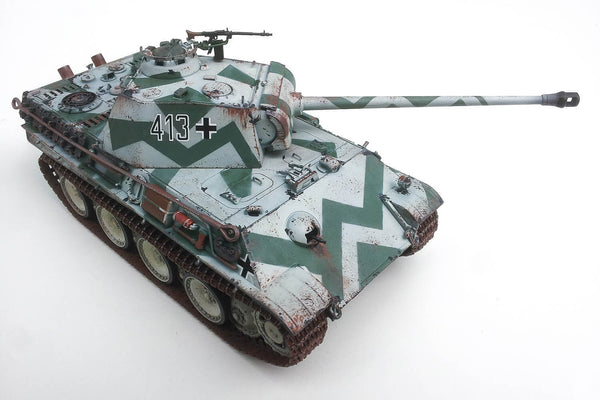
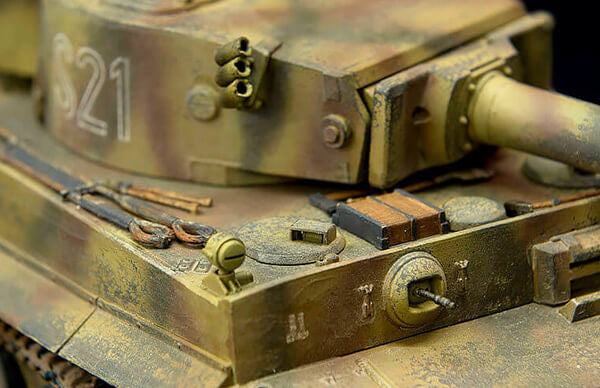
Panzer Models
Author